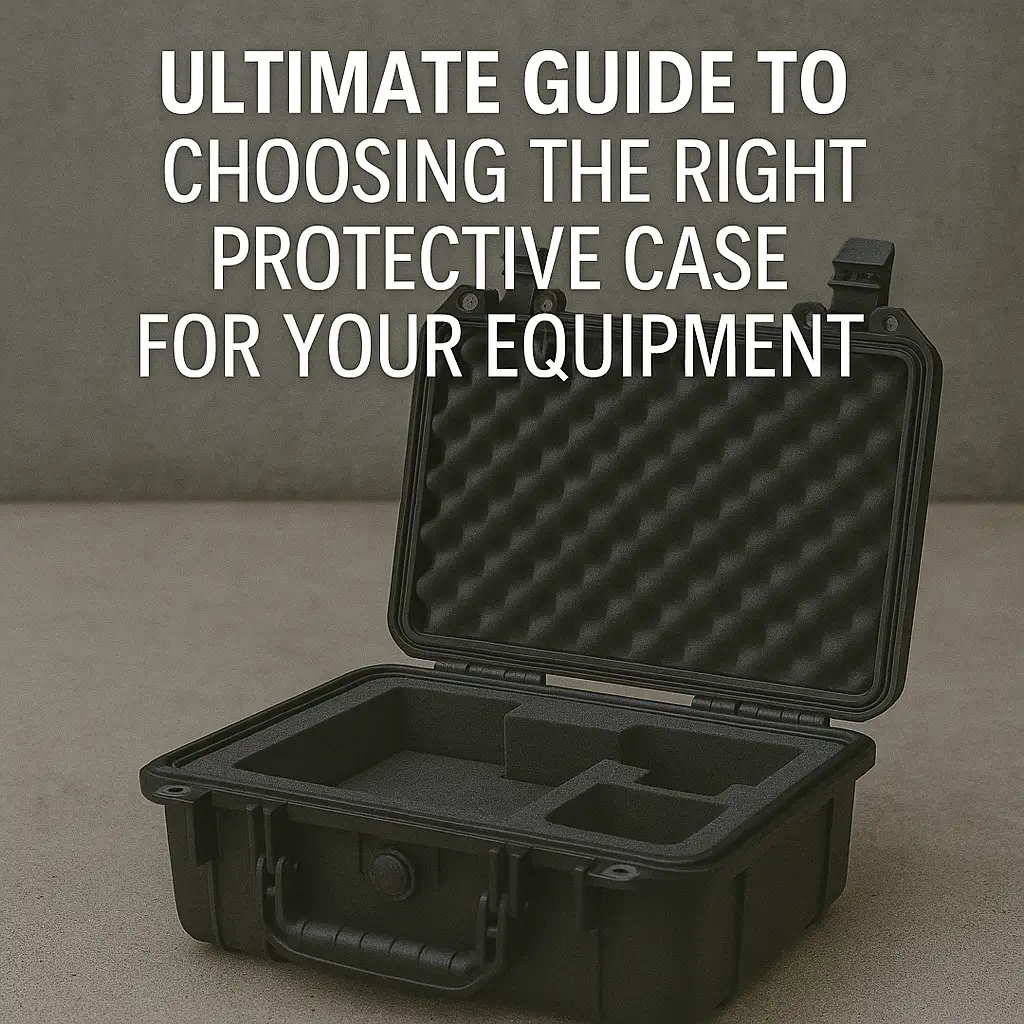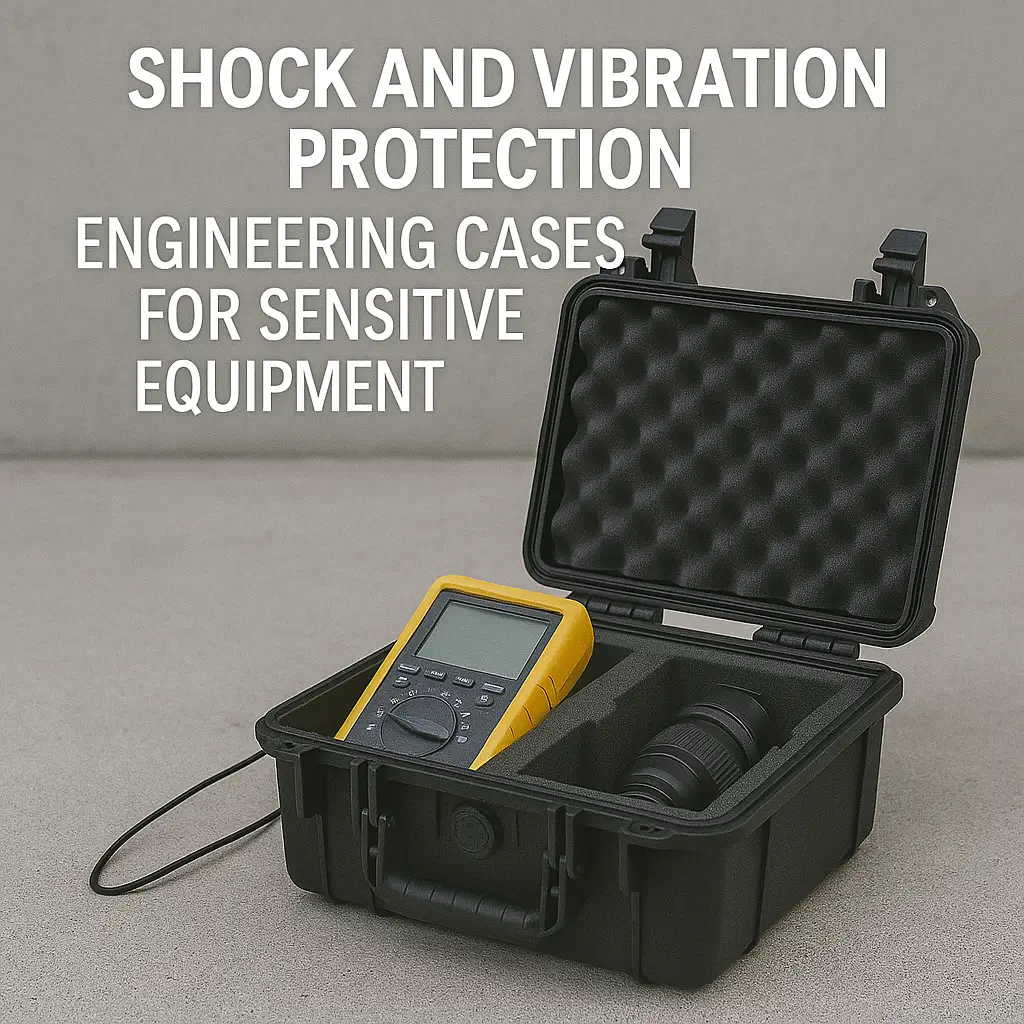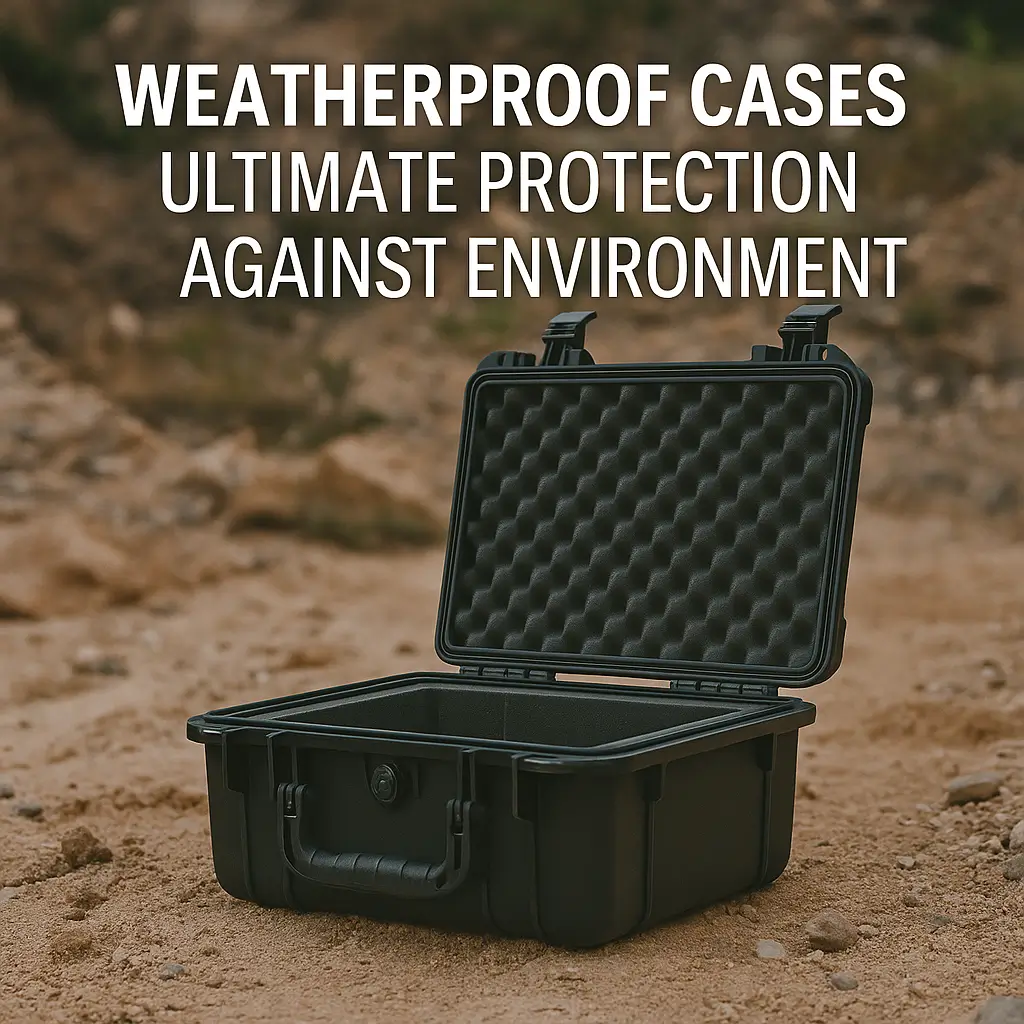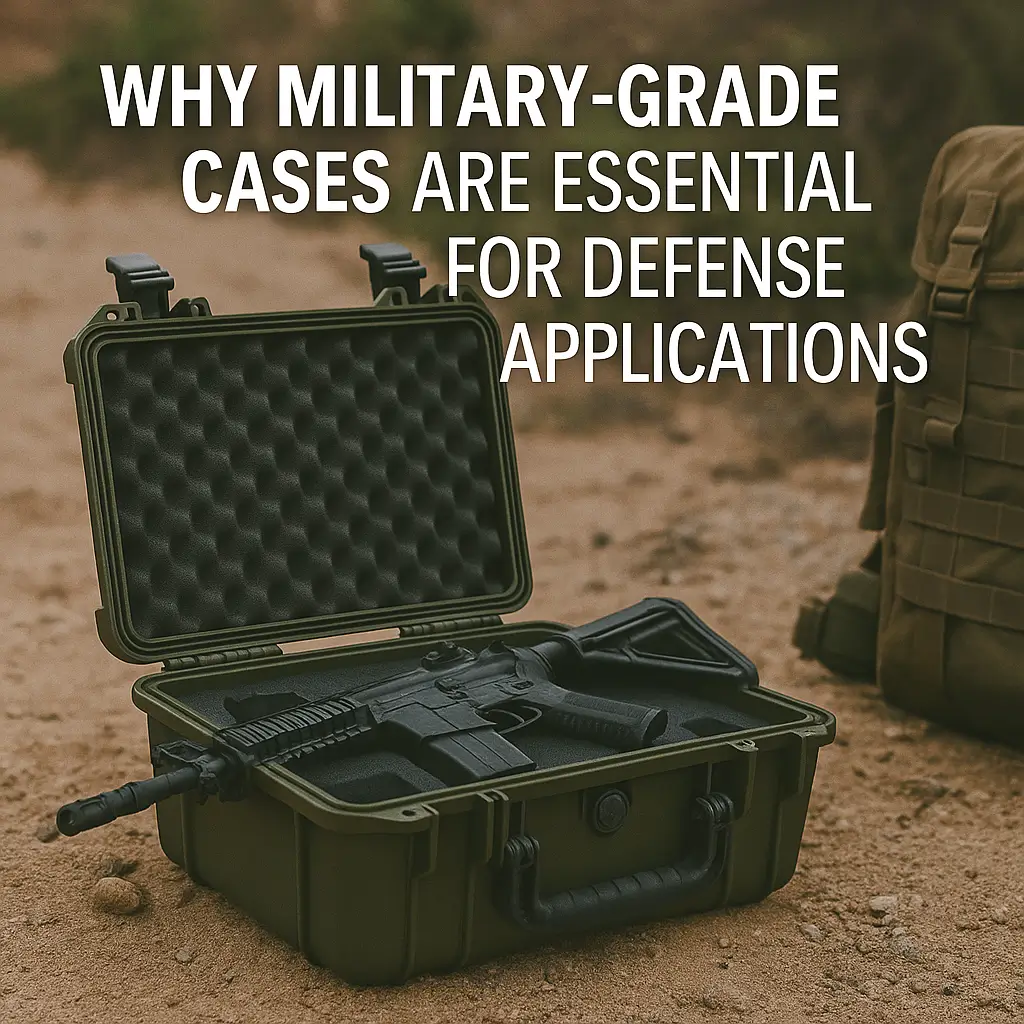
Safeguarding valuable equipment requires selecting the right protective case, a critical decision for equipment managers and procurement specialists. With various case types available, understanding their features and applications streamlines the decision-making process. This guide explores protective case types, key selection factors, and practical insights to ensure optimal equipment protection.
Choosing the ideal protective case starts with understanding the available types and their unique benefits. Below are the main categories of protective cases.
Hard cases offer maximum protection against physical damage. Constructed from durable materials, they are ideal for transporting sensitive equipment like cameras, medical devices, or military gear. Key features include:
Soft cases are lightweight and flexible, making them easy to carry. With padding for added protection, they suit less fragile equipment, such as lightweight tools or personal electronics. Key characteristics include:
Custom cases are tailored to meet specific industry requirements. Providers like Allcases.com specialize in bespoke solutions designed for individual needs. Benefits include:
Choosing the right protective case involves evaluating several key factors. Here are five essential considerations:
Assess the fragility and size of your equipment. Hard cases are ideal for delicate items requiring robust protection, while soft cases may suffice for more resilient tools.
Consider the environments your equipment will face. For harsh weather or rugged conditions, prioritize waterproof and shockproof cases from trusted brands like Pelican or SKB.
Evaluate transportation needs. Soft cases are suitable for frequent, lightweight travel, while hard cases provide rugged protection for heavy-duty operations.
For specialized applications, custom cases ensure secure fit and protection. Allcases.com offers tailored solutions to reduce movement and risk of damage.
While high-quality cases require investment, the cost of replacing damaged equipment can be significantly higher. Prioritize quality to avoid future expenses.
Allcases.com offers a wide range of protective cases, including military, medical, and general-purpose hard cases, to meet diverse equipment protection needs.
Selecting the right protective case involves understanding available case types and evaluating factors like equipment fragility, environmental conditions, portability, customization, and budget. By considering these elements and consulting experts, you can ensure optimal protection for your valuable equipment.
For expert guidance on selecting the right protective case, contact Allcases.com at (813) 891-1313. Our experienced team provides free consultations and custom quotes for all protective case requirements.

In today’s fast-paced industrial landscape, protecting sensitive equipment during transport is critical. Industries..

Safeguarding valuable equipment requires selecting the right protective case, a critical decision for..

In today’s fast-paced industrial environment, protecting sensitive equipment from environmental hazards is essential…

In today’s volatile environment, protecting sensitive equipment is more critical than ever. Military-grade..


